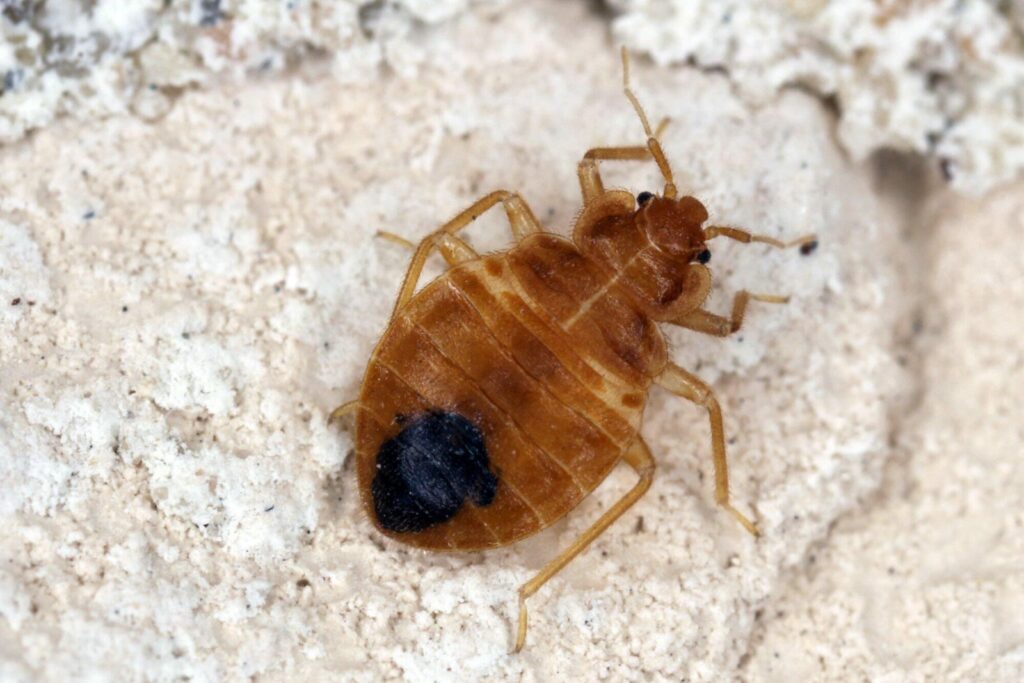When dealing with pests, one of the most important steps in pest management is to identify the type of pest that you are dealing with. This is because different types of pests have different behaviors and habits, which can affect the effectiveness of pest control methods.
In this article, we will be focusing on one specific aspect of pest identification – their eggs. Knowing how to identify different types of bug eggs can be extremely helpful in effectively managing pest infestations.
Types of Bug Eggs
Bug eggs may vary in shape, size, and color depending on the species. Some are tiny and almost invisible to the naked eye, while others are larger and more noticeable. Here are some common types of bug eggs that you may encounter:
Cockroach Eggs
Cockroaches lay their eggs in a capsule or ootheca, which can contain multiple eggs. These capsules are often brown or reddish-brown and may vary in size depending on the species of cockroach. They are usually found in dark, warm, and humid areas near sources of food and water.
Bed Bug Eggs
Bed bugs also lay their eggs in clusters, but unlike cockroach eggs, they are usually white and smaller in size. They can be found on bedding or furniture, particularly in crevices and cracks.
Mosquito Eggs
Mosquito eggs are laid in standing water and can appear as tiny white ovals that float on the surface of the water. They are often found in areas with stagnant water, such as ponds, bird baths, or old tires.
Termite Eggs
Termite eggs are usually small and translucent. They can be found in groups within termite colonies and may appear as clusters of tiny white or yellowish spheres.
Dealing with Bug Eggs
Now that you know how to identify different types of bug eggs, it is important to understand how to deal with them. Here are some tips on dealing with bugs and their eggs effectively:
Regular Inspection
Regularly inspecting your home or property can help you identify and remove bug eggs before they hatch. Pay attention to dark, warm, and humid areas as well as areas with potential sources of food and water.
Proper Cleaning
Proper cleaning is crucial in preventing and managing pest infestations. Vacuuming regularly can help remove any bug eggs that may be present, and washing bedding and furniture can help get rid of bed bug eggs. It is also important to properly dispose of vacuum bags and clean out any potential breeding sites.
Professional Pest Control
In some cases, seeking professional pest control services may be necessary for pest management. Pest control professionals have the expertise and equipment to identify and remove different types of bug eggs safely and effectively.
Get Rid of Pests Without Chemicals: Eco-Friendly Pest Control Methods(Opens in a new browser tab)
Dealing With Pests
Knowing how to identify different types of bug eggs is an essential part of effective pest management. By understanding the characteristics of bug eggs and knowing how to deal with them, you can prevent and manage pest infestations in your home or property.
Remember to regularly inspect and clean your surroundings and seek professional help if needed. With these pest management tips, you can effectively combat pesky bug eggs and keep your space free from unwanted pests.
Is this article helpful? Keep reading our blog for more.
